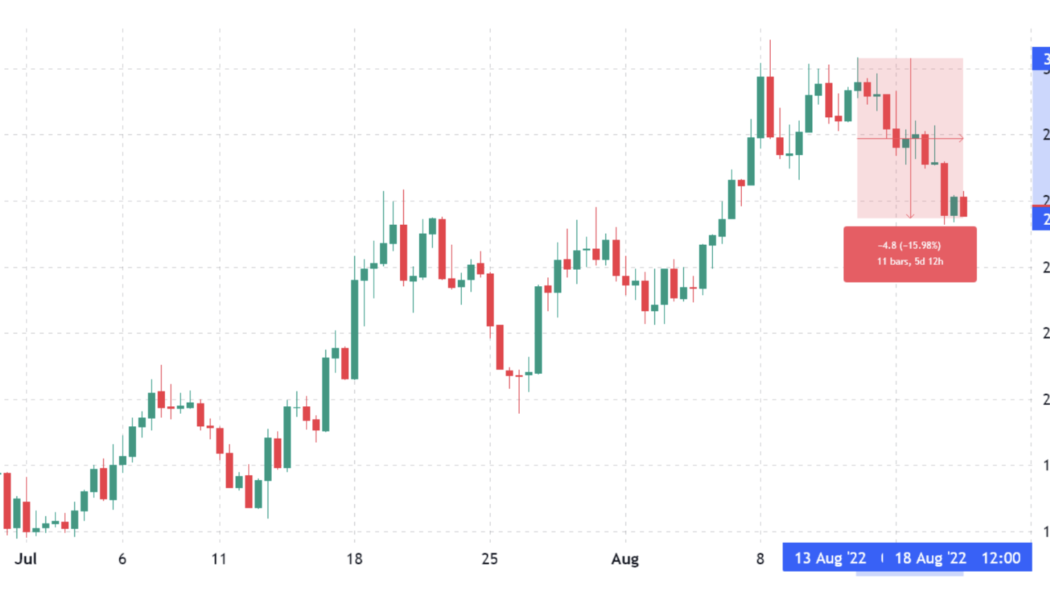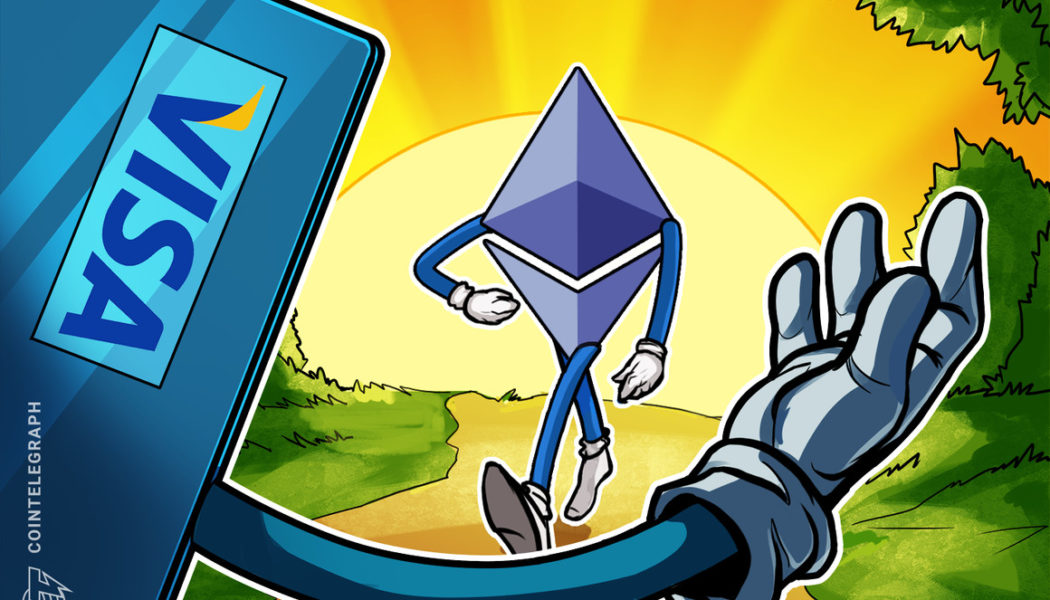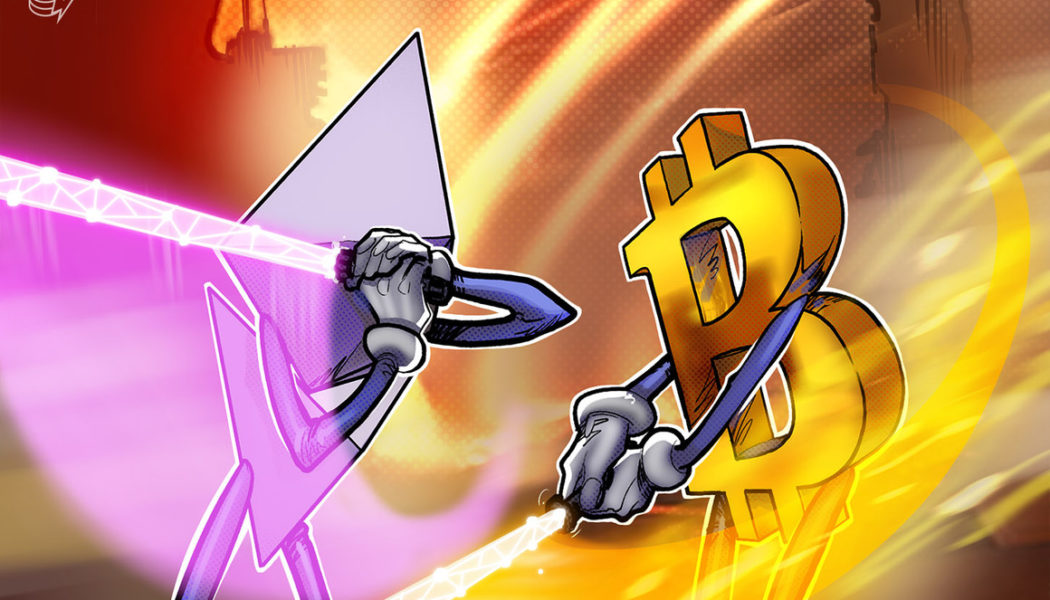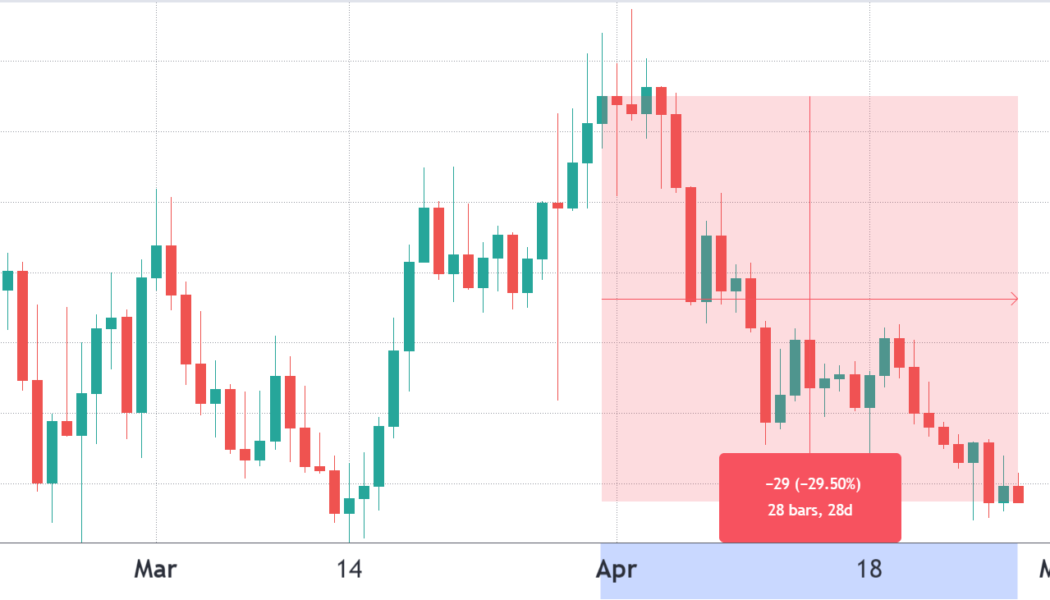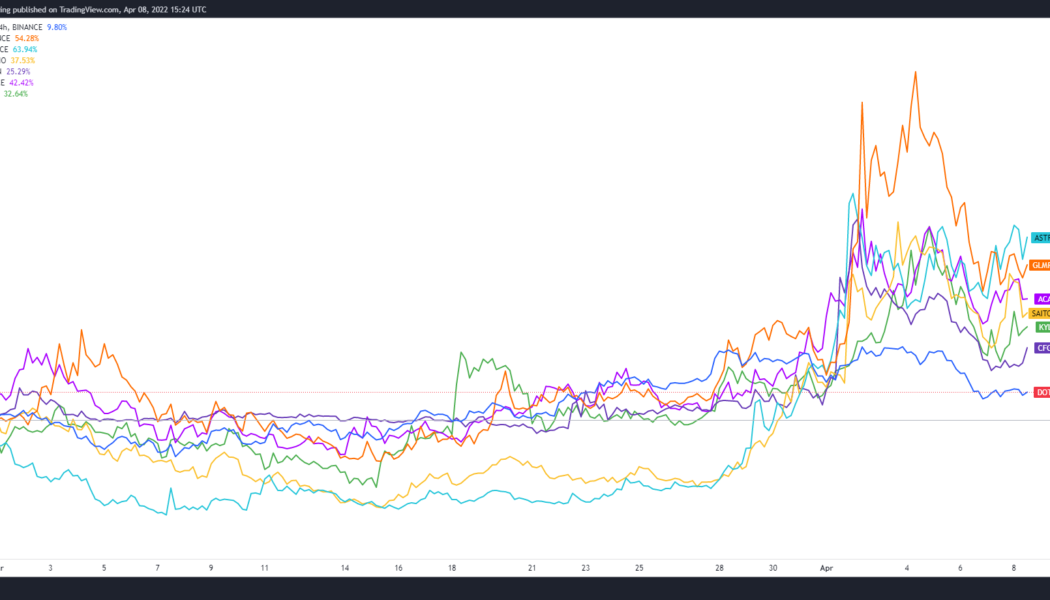Smart Contracts
Ethereum advances with standards for smart contract security audits
The Ethereum ecosystem continues to witness a flurry of activity that has individuals and organizations deploying token contracts, adding liquidity to pools and deploying smart contracts to support a wide range of business models. While notable, this growth has also been riddled with security exploits, leaving decentralized finance (DeFi) protocols vulnerable to hacks and scams. For instance, recent findings from crypto intelligence firm Chainalysis show that crypto-related hacks have increased by 58.3% from the beginning of the year through July 2022. The report further notes that $1.9 billion has been lost to hacks during this timeframe — a figure that doesn’t include the $190 million Nomad bridge hack that occurred on August 1, 2022. Although open source code may be beneficial for...
Can Web3 be hacked? Is the decentralized internet safer?
Web3 came into existence posed as a blockchain-powered disruption to the current state of the internet. Yet, as a nascent technology, a fog of assumptions plagues discussions about the real capabilities of Web3 and its role in our day-to-day lives. Considering the promise of a decentralized internet using public blockchains, a complete transition to Web3 would require scrutiny across several factors. Out of the lot, security stands as one of the most crucial features as, in a Web3-powered world, tools and applications hosted over the blockchains go mainstream. Smart contract vulnerabilities While the blockchains that host Web3 applications remain impenetrable from being hostage to attackers, hackers target the vulnerabilities within the project’s smart contracts. Smart contract attacks on ...
A sharp drop in TVL and DApp use preceded Avalanche’s (AVAX) 16% correction
After an impressive 73% rally between July 13 and Aug. 13, Avalanche (AVAX) has faced a 16% rejection from the $30.30 resistance level. Some analysts will try to pin the correction as a “technical adjustment,” but the network’s deposits and decentralized applications reflect worsening conditions. Avalanche (AVAX) index, USD. Source: TradingView To date, Avalanche remains 83% below its November 2021 all-time high at $148. More data than technical analysis can be analyzed to explain the 16% price drop, so let’s take a look at the network’s use in terms of deposits and users. The decentralized application (DApp) platform is still a top-15 contender with a $7.2 billion market capitalization. Meanwhile, Solana (SOL), another proof-of-work (PoW) layer-1 platform, holds a $14.2 billio...
Ethereum will outpace Visa with zkEVM Rollups, says Polygon co-founder
zkEVM Rollups, a new scaling solution for Ethereum, will allow the smart contract protocol to outpace Visa in terms of transaction throughput, said Polygon co-founder Mihailo Bjelic in a recent interview with Cointelegraph. Polygon recently claimed to be the first to implement a zkEVM scaling solution, which aims at reducing Ethereum’s transaction costs and improving its throughput. This layer-2 protocol can bundle together several transactions and then relay them to the Ethereum network as a single transaction. The solution, according to Bjelic, represents the Holy Grail of Web3 as it offers security, scalability and full compatibility with Ethereum, which means developers won’t have to learn a new programing language to work with it. “When you launch a scaling solution,...
Can blockchain be used without cryptocurrency?
A blockchain without cryptocurrency is a distributed ledger that stores data associated with nonfungible tokens (NFTs), supply chain initiatives, the Metaverse and more. Even though Bitcoin (BTC) is the most known application of a decentralized ledger or blockchain, there is a wide range of other uses of blockchain technology. For instance, blockchain technology can be utilized in various financial services including remittances, digital assets and online payments because it enables payments to be settled without a bank or other middleman. Furthermore, the next generation of internet interaction systems including smart contracts, reputation systems, public services, the Internet of Things (IoT) and security services are among blockchain technology’s most promising applications.&a...
The Merge is Ethereum’s chance to take over Bitcoin, researcher says
Ethereum researcher, Vivek Raman, is convinced that Ethereum’s (ETH) upcoming transition to a proof-of-stake system will enable it to take over Bitcoin’s (BTC) position as the most prominent cryptocurrency. “Ethereum does have, just from an economic perspective and because of the effect of the supply shock, a chance to flip Bitcoin,” said Raman in an exclusive interview with Cointelegraph. [embedded content] The Merge, a long-awaited upgrade that will complete Ethereum’s transition from a proof-of-work to a proof-of-stake system, is set to take place in September. In addition, The Merge will transform Ethereum’s monetary policy, making the network more environmentally sustainable and reducing ETH’s total supply by 90%. “After The Merge, Ether...
DappRadar and LayerZero launch chain-agnostic staking token
DappRadar and omnichain interoperability protocol LayerZero have launched a new token to enable cross-chain staking across multiple blockchains and Ethereum Virtual Machine (EVM)-compatible networks — a move designed to minimize fees and increase access to staking opportunities. The functionality for the newly launched RADAR token is provided through a set of smart contracts, DappRadar said. One of the contracts is known as the controller and the other as a proxy. The two smart contracts work together to enable the new staking mechanism. Requests made to withdraw or claim rewards are sent to the proxy smart contract. It communicates with the controller contract to determine if the request is valid. If the request is valid, the controller informs the proxy to release the tokens. DappRadar c...
Polkadot parachains spike after the launch of a $250M aUSD stablecoin fund
Crypto prices have been exploring new lows for weeks and currently it’s unclear what it will take to reverse the trend. Despite the downtrend, cryptocurrencies within the Polkadot (DOT) ecosystem began to rally on May 24 and have managed to maintain gains ranging from 10% to 25%, a possible sign that certain sub-sectors of the market are on the verge of a breakout. Here’s a look at three Polkadot ecosystem protocols that have seen their token prices trend higher in recent days. Acala launches a $250 million aUSD ecosystem fund Acala (ACA) is the leading decentralized finance (DeF) platform on the Polkadot network, primarily due to the launch of aUSD, the first native stablecoin in the Polkadot ecosystem. Following the collapse of Terra’s LUNA and TerraUSD (UST), traders we...
Welcome to Mars: I own everything, have total privacy and life has never been better
This is a parody of the article published by the World Economic Forum titled “Welcome to 2030. I Own Nothing, Have No Privacy And Life Has Never Been Better.” Welcome to Mars. Welcome to my city, or should I say “our city” because I, like every other inhabitant, is a stakeholder in it. No, I don’t mean “shareholder,” as this isn’t a dystopian future run by private companies. My city on Mars has a decentralized governance structure just like the greater Mars. It is not a corporation nor is it a militarized state. It is a set of institutions governed directly by The People. As a result of this system, we have police that spread peace instead of violence. We have financial systems that spread wealth instead of creating poverty. We have institutions that are open instead of closed and transpar...
Avalanche (AVAX) loses 30%+ in April, but its DeFi footprint leaves room to be bullish
Avalanche (AVAX) price is down more than 30% in April, but despite the negative price move, the smart contract platform remains a top contender for decentralized applications due to its scalability, low-cost transactions and its large footprint in the decentralized finance (DeFi) landscape. AVAX token/USD at FTX. Source: TradingView The network is compatible with the Ethereum Virtual Machine (EVM) and unique in that it does not face the same operational bottlenecks of high transaction fees and network congestion. Avalanche was able to amass over $9 billion in total value locked (TVL) by offering a proof-of-stake (PoS) layer-1 scaling solution. This indicator is extremely relevant because it measures the deposits on the network’s smart contracts. For instance, the BNB Chain, running since S...
Altcoin Roundup: Interoperability push puts attention back on Polkadot
The Polkadot ecosystem sorely underperformed compared to other layer-1 networks in 2021, while the slow roll-out of parachain auctions and mainnet launches left the network playing catch-up in 2021. It appears that this trend came to an end in mid-March when numerous projects in the Polkadot ecosystem saw their prices climb higher after users began to engage with networks that expanded their offerings and made a push toward Ethereum Virtual Machine (EVM) compatibility. DOT, GLMR, ACA, ASTR, SAITO, CFG and KYL in USDT pairs. Source: TradingView Here’s a look at six top moving protocols in the Polkadot ecosystem that are helping to establish a presence in the cryptocurrency market. Interoperability is the key Interoperability has been one of the driving themes of the cryptocurrency market fo...
The evolution of blockchain: Transactions, contracts and applications
Blockchain networks run on permission-based consensus methods, enabling various levels of use depending on a user’s needs and permission level. Aside from the blockchain generations, there are also different types of blockchain when viewed from a permission-based angle. Some of those permission types are public, permissioned or private blockchains. Each of these types offers a different use case for a company or user’s needs. When asked to list the three types of blockchain, you’ll now know the answer. Public blockchain A public blockchain is the most basic form of a blockchain ecosystem. A public blockchain is available to anyone who wishes to utilize the database. Bitcoin and Ethereum are considered public blockchains, for instance. On top of being open to a...




